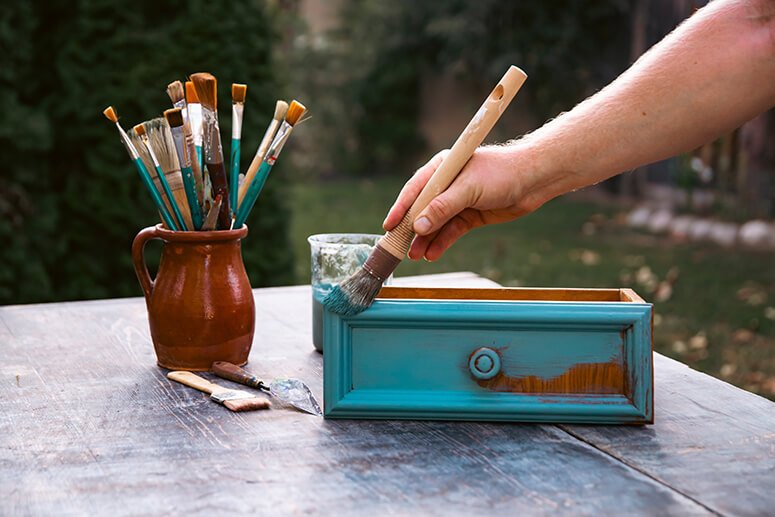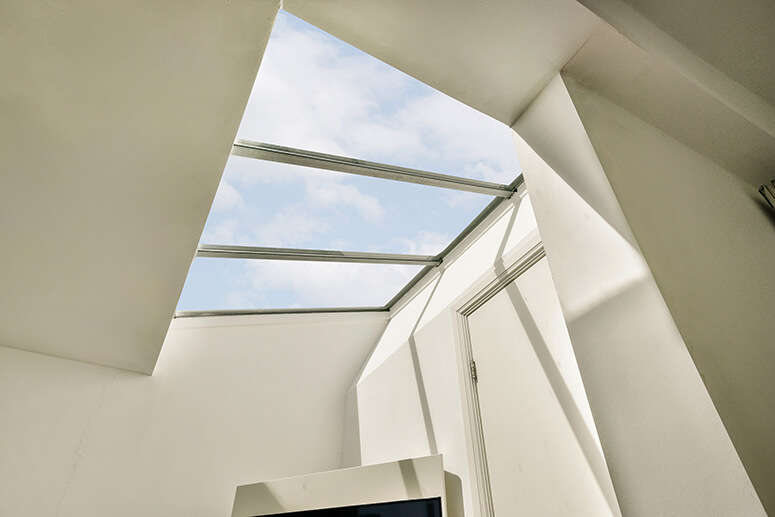Creating a home that reflects your personality and meets your needs is both an art and a science. Whether you’re redesigning a condominium in Metro Manila or a provincial retreat, these tips will help you craft a space that feels uniquely yours, blending functionality, sustainability, and creativity.
1. Upcycle with purpose: Breathe new life into old items
Sustainability meets style in the art of upcycling. Take inspiration from people who have transformed their ancestral homes into vintage museums using repurposed furniture and decor. Old things can still be used in new ways with imagination and innovation.

Tip: An antique sewing machine can become a quirky table, or a discarded wood can transform into shelving. Start by auditing your home for unused items—old doors, jars, or furniture—and explore tutorials on platforms like YouTube to guide your projects.
2. Design for sustainability: Merge function and ecology
Eco-conscious living is no longer a trend but a necessity. Maximize natural light to reduce electricity use while offering stunning views of the surrounding landscape. Showcase how sustainable design can elevate comfort while minimizing environmental impact.

Tip: Design your home with recycled materials, energy-efficient windows, and a composting system for kitchen waste. You can also use rainwater harvesting or solar panels for a more sustainable and nature-friendly home.
3. Carve out functional zones: Adapt spaces to your lifestyle
Tailor rooms to your daily rhythms. Your layout, furniture choices, and room functions should mirror your way of living. Open-plan living spaces are ideal for remote work or family gatherings, as they cater to modern and niche lifestyles.
Tip: Make a list of your daily activities and prioritize the rooms that support those—whether it’s a reading nook, a kitchen island for baking, or a multipurpose office-guest room. You can convert a spare room into a “creativity room” for writing or art, blending vintage decor (like a repurposed baul trunk) with modern tools. For urban dwellers, consider multifunctional layouts: a fold-out desk in a living area or a balcony-turned-mini-garden.
4. Infuse local culture and nature
Celebrate your heritage through design by showing how local materials and traditions create warmth. This also lets you and your guests experience and relive the old Filipino home life.

Tip: Incorporate capiz shells, woven textiles, or indigenous woodwork. For urban homes, add a potted sampaguita or a banig wall hanging to reconnect with nature, or fill your open windows with native plants.
5. Prioritize flexibility and sensory experiences
A home should evolve with your needs. Seamless integration of technology and interior planning enhances your place’s usability. Consider flexible design—movable walls, convertible furniture, or even tech-ready upgrades for a future-proof space.
Tip: Use modular furniture or smart storage solutions like ottomans with hidden compartments to maximize space. Don’t overlook sensory details—scents like lavender or citrus can elevate mood and ambiance.
Tailoring your home is about more than aesthetics—it’s crafting a sanctuary that aligns with your values, routines, and aspirations. From upcycled treasures to eco-smart layouts, let your space tell your story.
